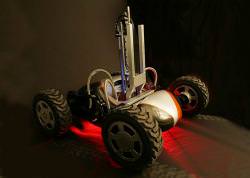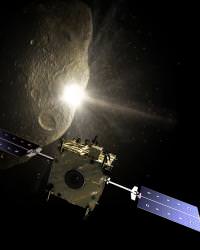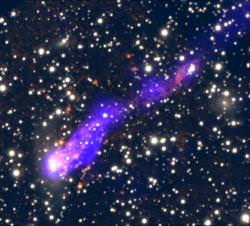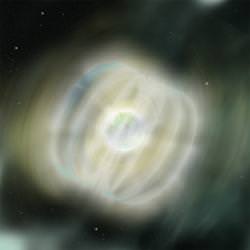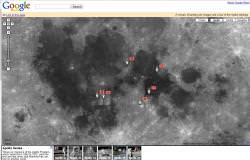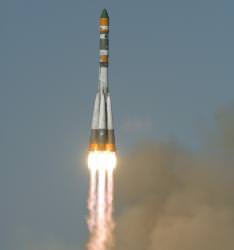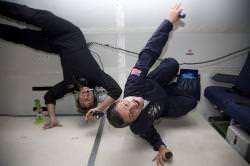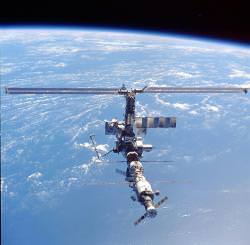Remember Lisa Nowak? She’s the ex-astronaut who drove across the US to confront a rival over the love of another astronaut; a spacey love triangle. Well, things are moving forward now. Nowak testified this week in a court in Orlando, Florida, hoping that key evidence will be thrown out.
Nowak was arrested on February 5th, 2007 after she allegedly sprayed her romantic rival with pepper spray, astronaut Colleen Shipman. Police discovered a bunch of items that could be weapons in her car, including a steel mallet, a serrated knife and a loaded pellet gun. They also found a map of Shipman’s home, garbage bags and latex gloves.
During Tuesday’s hearing, Nowak put forth a motion claiming that the police illegally searched her car, as they didn’t have a warrant. She claimed that she didn’t give the police consent to search the car, and actually misunderstood the charges against her; that she was being charged with an attempted carjacking.
She’s currently charged with attempted kidnapping, attempted burglary and battery, and the actual trial is scheduled to start next year. Whether prosecutors get to include this evidence is the big question.
Nowak’s lawyer has told the court that he’s planning to argue that the astronaut was temporarily insane during the incident, and that she suffers from obsessive-compulsive disorder, partner relational problems and insomnia.
Circuit Judge Marc L. Lubet hasn’t indicated if he’s going to rule on the defense motions yet.
More info, AFP article, ABC News.


